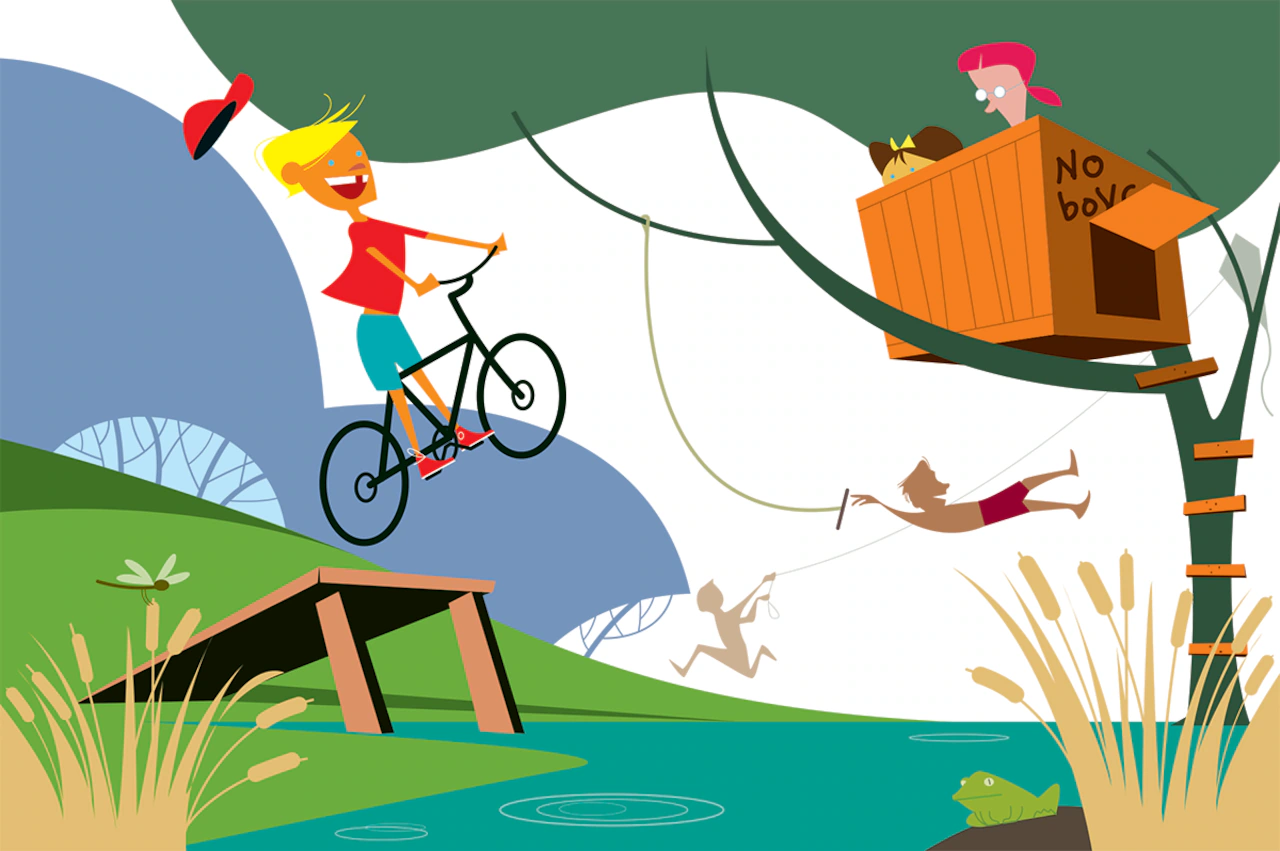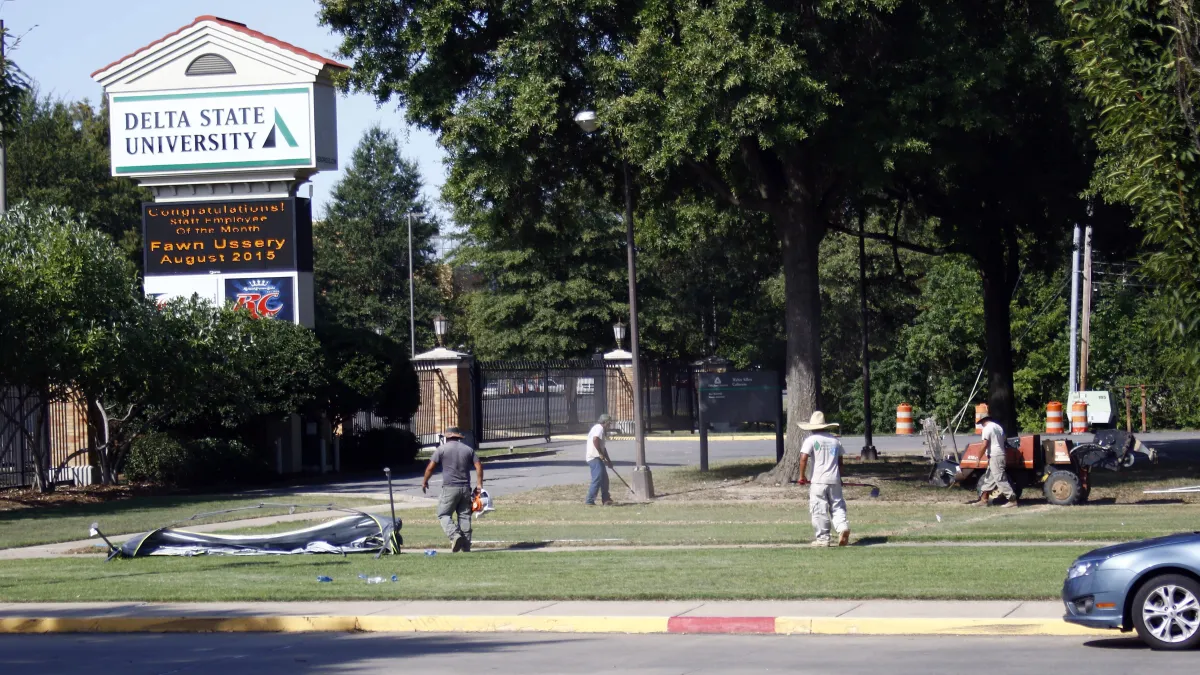
Few books have sparked more national conversations than Jonathan Haidt’s “The Anxious Generation.” Haidt details “the great rewiring of childhood” and its risks to kids’ emotional well-being from growing up in a world saturated by screens.
This spotlight has contributed to a rise in school cellphone bans, including a near-total prohibition for Ohio classrooms in the last state budget. There has also been pushback, such as from University of Oxford psychologist Lucy Foulkes, countering that Haidt assigns too much blame to screens, and that it’s not realistic or desirable to deny kids these technologies.
But this debate misses half of Haidt’s argument. It’s not just the sudden dominance of the “phone-based childhood” that threatens mental health, it’s also the sudden disappearance of the “play-based childhood.”
Even if we could regulate away phone-based childhood through bans and age restrictions, we wouldn’t address all challenges associated with this current version of childhood. We must simultaneously rebuild what came before — the way kids interacted with the world for 99% of the time we’ve been the species Homo sapiens.
To truly counteract the great rewiring, we need a great rewilding of childhood.
By “rewilding” I don’t just mean giving kids access to wilderness — though time in nature provides distinct benefits. Rather, rewilding is about kids themselves, a return to wilder versions of childhood.
That doesn’t mean “Lord of the Flies,” but rather a childhood where kids engage in “free play,” pursuing activities they create, unstructured and on their own. Organized sports are great, but they miss out on many of the benefits of free play, such as recognizing and managing risks, learning from peers, making rules, and resolving conflicts independent of adults.
Studies show free play is crucial to childhood development, promoting independence, problem solving, creativity and anxiety reduction. In short, it helps kids build the most fundamental skills we hope that they attain.
It’s also simply what we called “childhood” until the last few decades.
People growing up before the 1990s remember childhoods spent roaming in mixed-age packs, creating games, and navigating the outside world. This was true of farm kids, suburban kids, and city kids.
What constitutes free play has changed over the years, but almost overnight, that evolution of free play has become a near obliteration of free play.
The data are clear: The time kids spend in free play has dropped off a cliff.
Instead, kids are shuttled between organized activities and rarely left unsupervised, mostly due to wildly inaccurate perceptions of risk: Parents now generally view the world as full of danger when it’s actually become safer by nearly all metrics.
A recent University of Michigan poll found that less than one-third of American parents would let their teenagers walk alone to a local coffee shop.
Meanwhile, a recent study on childhood development in the Congo rainforest found that kids roam independently in mixed-age groups and pick up skills by the age of 7 that include hunting, identifying edible plants, and caring for infants. Seven years old!
Many American parents might question the relevance of that example. The difference in context is considerable. However, what those Congolese kids are doing is what kids have done for most of human history; it’s how we evolved, and our recent suppression of anything like those experiences should raise alarm.
Thus, the need for a great rewilding of childhood.
One way to rewild our kids is to rewild our communities. Spending time in nature benefits physical and mental health, so investing in parks is crucial.
Our planet is rapidly urbanizing and global cities will gain 2.5 billion new residents by 2050 – necessitating urban design that prioritizes room for green spaces. Beyond promoting sanity, urban nature can also promote safety using designs that reduce flood risk and cool neighborhoods during heat waves. Through their green infrastructure programs, the Northeast Ohio Regional Sewer District has begun to invest in these multi-purpose solutions.
But rewilding childhood goes beyond urban design and land-use decisions.
That’s because many benefits derived from nature arise from often-overlooked reasons. Imagine kids wading in a creek, climbing a tree, or building a fort tucked behind a blackberry bush. What do these activities have in common? Adults are unlikely to follow. Kids are on their own, free to create and occupy their own world.
What matters for children and nature isn’t just being in the wild — it’s also about the opportunity to be wild.
Wild, meaning independent and ungoverned – at least for periods of time.
Wild places can therefore be anywhere that promotes free play. But such spaces can’t just be confined to leafy suburbs. We must find solutions that also work in urban neighborhoods.
Adventure playgrounds provide places for kids to be on their own within a defined perimeter that assures parents it’s safe. Such investments can help ensure that free play is not just a privilege of the suburbs.
Across all neighborhoods, relinquishing parental control remains a challenge. Similar to the seemingly impossible goal of disincentivizing digital devices, lessening control is most effectively addressed through collective action — parents, neighborhoods, and schools working together on free-play solutions and better community design .
Let’s find ways to reverse the slide toward phone-based childhoods. Integrating wild nature into communities can help. But let’s also rewild the child.
Jeff Opperman is a conservation scientist and father of two recently fledged children. He writes from Chagrin Falls.
Have something to say about this topic?
* Send a letter to the editor, which will be considered for print publication.



